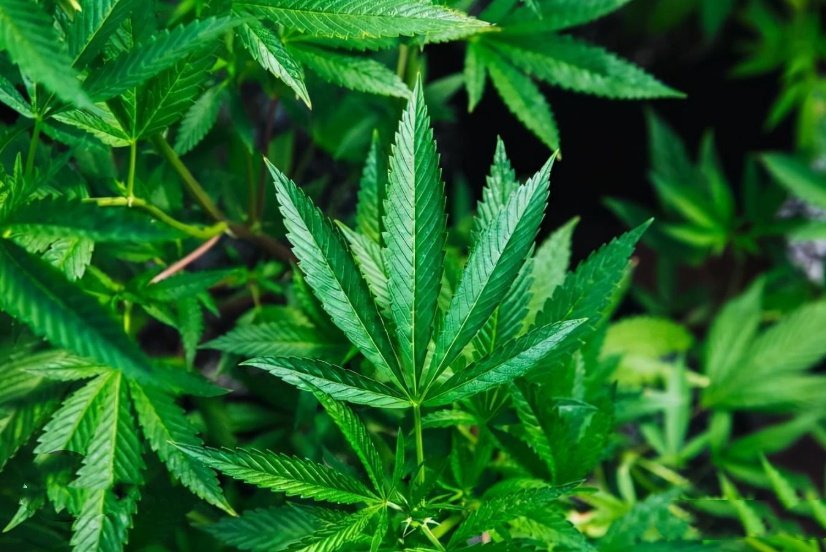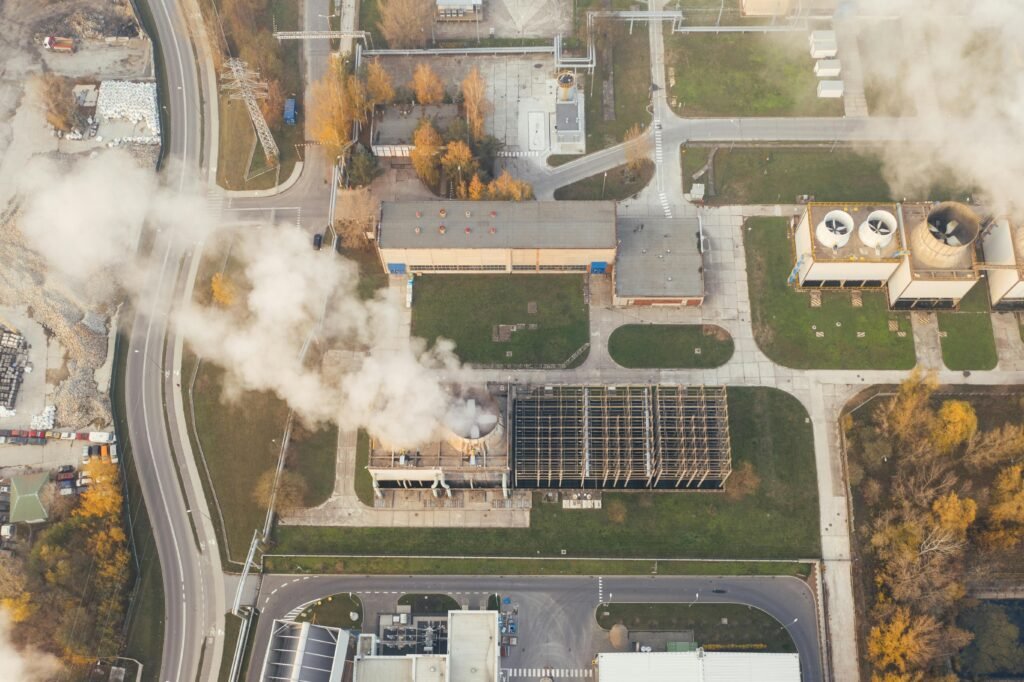If you are making important decision to wholesale athletic apparel,or start to be a activewear distrubutors or want to build up your own activewear brand, we strongly recommend you to read this article firstly,it may help you to do more correct decision.
What is Sustainable Activewear ?
Before we understand why sustainable activewear is so important for future ,we need to know what is traditional activewear ,and what is sustainable activewear.
Conventional polyester activewear
Currently there is around 60–70% of activewear on the market today,is made from conventional polyester.
(Source:UNEP-Fashion secret)
This fabric is petroleum-based, and its environmental impact spans the entire lifecycle—from fossil fuel extraction, to energy-intensive fabric production, to post-consumer waste that ends up in landfills or oceans.
Sustainable activewear
Sustainable activewear refers to sportswear and workout clothing made,using eco-friendly fabrics,produced in ways that minimize harm to the planet.
Unlike traditional activewear—sustainable activewear prioritizes recycled, organic, or biodegradable materials, while also considering ethical manufacturing and product longevity.In activewear area, the mainly sustainable fabrics like recycled polyester,bamboo,organic cotton…If you are interested in it ,you could check our previous blog-amazing 3 sustainable fabrics
But how serious is the environmental impact? And why is sustainable activewear becoming a growing trend in the global market?Let’s take a closer look.

Why is ECO-friendly Activewear So Important to Brands and Sports Clothing Wholesaler ?
As global awareness of environmental sustainability grows, the demand for eco-friendly activewear has never been stronger. For brands and sportswear wholesalers, making the switch from conventional polyester-based apparel to more sustainable alternatives is no longer optional — it’s essential.
1.The traditional athletic apparel you are currently wholesale is rapidly destroying the natural environment !
The global activewear market is estimated to be worth $360–$410 billion.
(Source:Grand View Research-Activewear market research.
GMI Insights-Activewear market.
Business Research Company-Activewear global market )
Assuming an average retail price is $50 per piece, that equates to approximately 8 billion garments sold each year. But behind these numbers lies a heavy environmental burden:
✅ Greenhouse Gas Emissions
Most activewear is made of polyester — a synthetic, petroleum-based fiber. For every 1 kg of polyester produced, about 9.52 kg of CO₂ is emitted.
- One garment weighs approx. 0.25 kg
- 8 billion garments = 19.04 billion kg of CO₂
That’s equivalent to the annual emissions of over 400 million cars!
✅ Massive Energy Consumption
Producing polyester is highly energy-intensive, requiring fossil fuels throughout the supply chain. On average, each garment consumes 20–30 MJ of energy during manufacturing.
- 8 billion garments = 160–240 billion MJ, or the equivalent electricity use of 4.1 to 6.2 million households per year.
✅ Microplastic Pollution
Each time a polyester sportswear item is washed, it can release 700–1,000 microplastic fibers into wastewater.
- Washed 30 times/year × 8 billion garments =
240–300 billion microplastic fibers per year entering rivers, lakes, and oceans.
These microfibers harm marine ecosystems and enter the human food chain.
✅ Dependence on Non-Renewable Fossil Fuels
Polyester is made from crude oil. On average, 1.5 kg of petroleum is used to produce 1 kg of polyester.
- 8 billion garments = approx. 3 million tons of oil consumed annually
This reliance on non-renewable resources is unsustainable for both the environment and future generations.

2.If activewear distributor or brands change to sustainable acivewear
Let assume if all of seller change the traditional polyester to recycled polyester,what will happen?

This is definitely a huge change for our environment !Only 1 year,the global can reduce 8 billion kg of CO2 emissions,and save 3 million tons of petroleum!
3.Global brands are taking real action on sustainable activewear
Major international sportswear brands have already begun shifting toward sustainable sportswear:
- Adidas: Introduced “Parley” ocean plastic shoes and targets using 100% recycled polyester by 2025.
(Source:Addidas- Environmental Target ) - Nike: 1.Launched the “Move to Zero” campaign, aiming for zero carbon and zero waste
2.Nike aims to power 100% of owned facilities with renewable energy by 2025, reduce supply chain carbon emissions by 30% by 2030.
(Source:Nike-Action on tackling climate change) - Puma, Reebok, Patagonia: Promoting collections made with recycled polyester, organic cotton, and low-impact dyes
(Source:Puma )
Consumers are increasingly making purchasing decisions based on environmental impact. If you are a wholesaler or sports brand, aligning with this trend is not only ethical — it’s also commercially strategic.
Why don't Act Now ?
If you’re still wholesaling conventional activewear, it’s time to rethink.
Switching to eco-friendly activewear manufacturing helps you:
- Future-proof your brand
- Meet growing retailer sustainability requirements
- Stand out in a competitive, green-driven market
👉 We are a professional activewear manufacturer specializing in sustainable fabrics. Contact us to explore recycled, organic, and ethical options.




